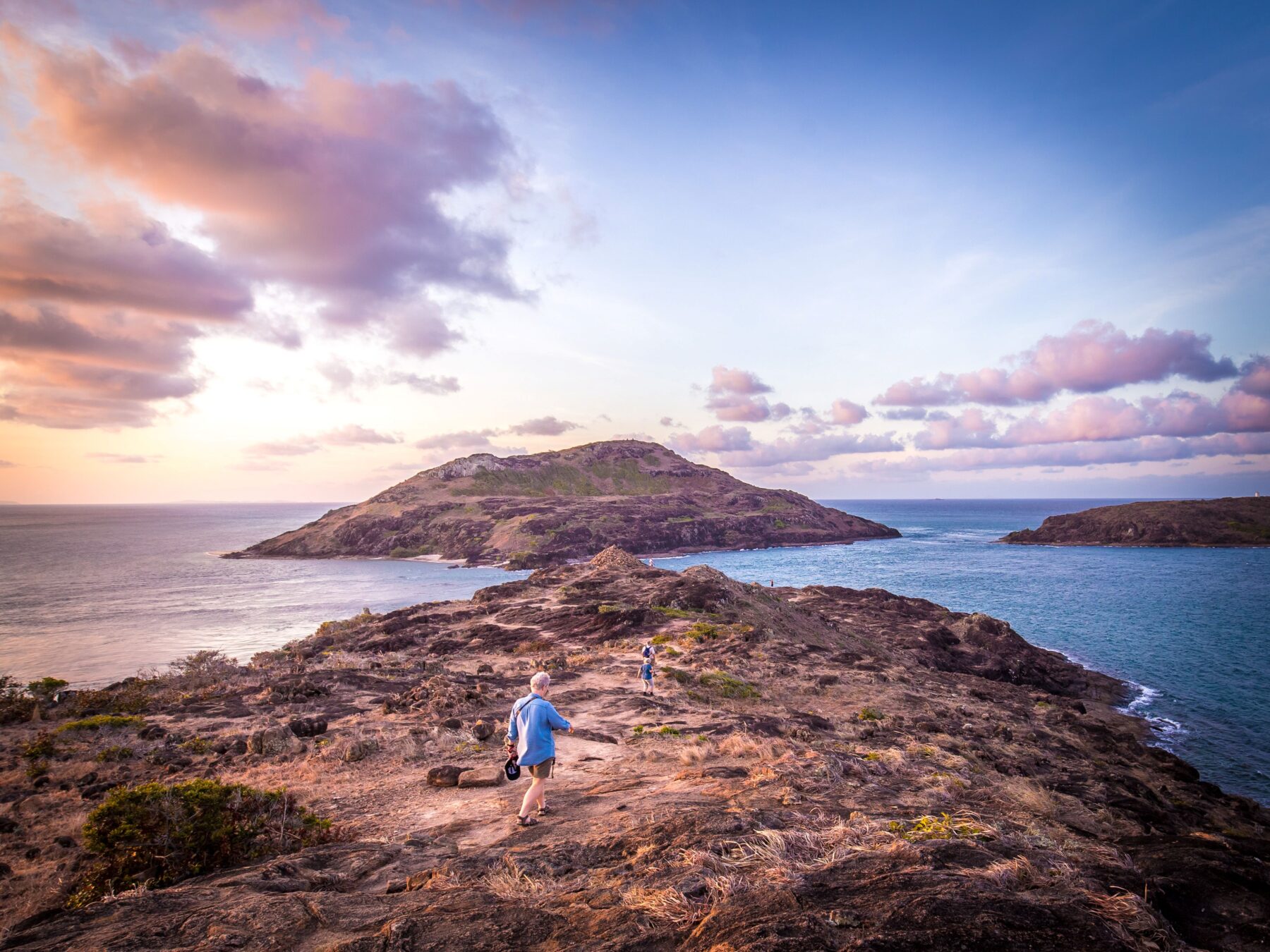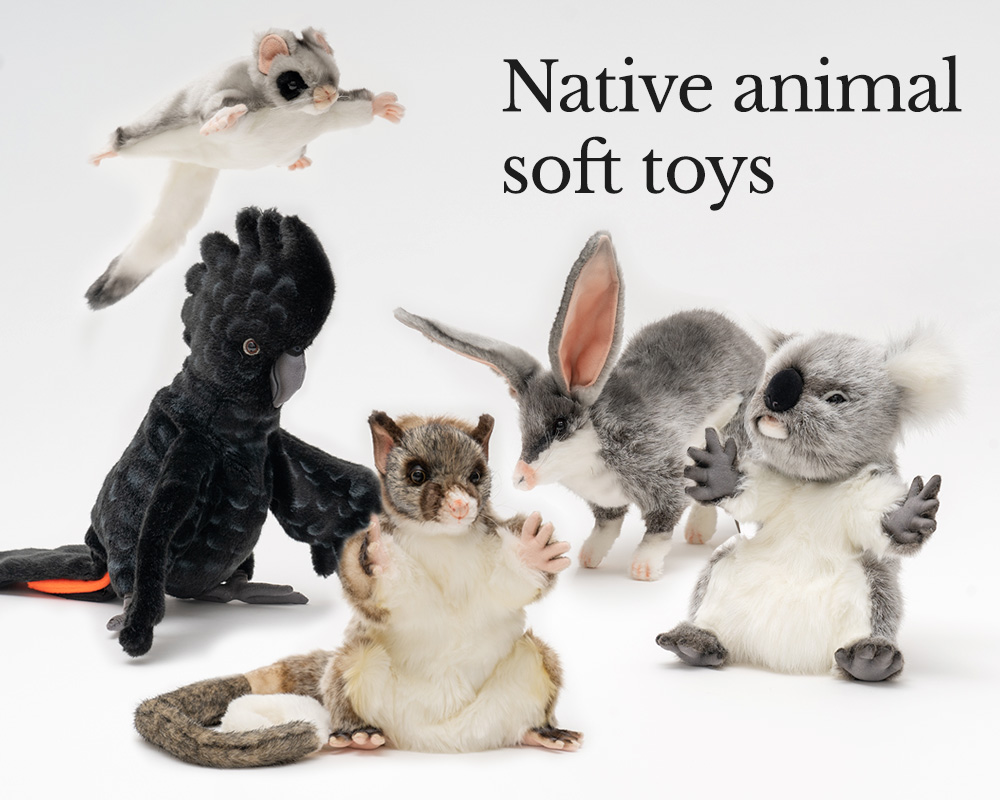Tales of the north

This article is brought to you by the Coral Expeditions.
Hoarse honks of magpie geese echo across wetlands, while jabirus clack their beaks overhead. Saltwater crocodiles glide through tidal creeks. On a lonely beach, a green turtle hauls herself ashore to lay eggs by the light of the moon, before slipping back into the teal-blue sea like it never happened.
Welcome to the Torres Strait, Arnhem Land and Cape York.
This is northern Australia at its most untouched. For tens of thousands of years, the Indigenous peoples and Torres Strait Islanders here have maintained a connection with these lands, celebrating the shifting seasons through dance and song, on sacred ground etched with age-old art.
It’s a part of the country that’s hard to get to – but not impossible. In 2025, Coral Expeditions can take you deep within its heart..


Image credits: Coral Expeditions
One-of-a-kind Country
In north-eastern Australia, the Torres Strait and Cape York don’t just stand apart from the rest of the country. They are seriously distinctive from each other as well.
The Torres Strait is a narrow channel between mainland Australia and Papua New Guinea. Hundreds of islands are scattered in a constellation known collectively as Zenadh Kes by the locals.
Each island has its own cultural identity and ties to the sea, its corals alive with reef fish, waving seagrass meadows grazed by dugongs and mangrove-fringed shores. All of this is Sea Country, and it has been navigated by the islanders on a traditional mode of transport – the outrigger canoe – for millennia.
This knowledge isn’t written down. It’s passed on with story, song and ceremony. Through the beat of drums, the stamps of dancing feet on the sand and the traditional wearing of the Dhari (the culturally significant feathered headdress pictured in white on the Torres Strait Islander flag).
On the mainland is Arnhem Land. It’s far from most Australians, and that’s a good thing. The home to the Yolŋu and Bininj peoples in the north-eastern Northern Territory remains one of the most culturally and biologically intact corners of Australia.


Image credits: Coral Expeditions
Here, Traditional Custodians walk through Country shaped by steep sandstone escarpments, open savanna woodlands, pockets of rainforest and vast floodplains.
The land here is mapped with songlines, or ‘Songspirals’, as they are known in Yolŋu culture. These ancestral pathways are passed down through ‘milkarri’ cries in snatches of keening songs that carry wisdom across generations. If that wasn’t enough heritage, the rock-art galleries, layered with ochre and charcoal and tracing back 65,000 years, complete the scene.
Cross the Gulf of Carpentaria and you reach Cape York in Far North Queensland.
Cape York meanders between rainforest and red dust, white sand beach and intimidatingly thick bushland. Not only is it home to the Wik, Kuku Yalanji, Guugu Yimithirr and Injinoo peoples (and over 20 language groups), but there are also over 3,000 plant species and hundreds of unique fauna like none found elsewhere on earth.
How did this happen? The answer lies in the Wet Tropics, along the eastern edge of the cape. These are some of the oldest surviving rainforests on the planet. In these humid pockets, rare and endemic species thrive.
If you’re lucky you might spot the shy green python (Morelia viridis) wrapping itself around branches like a brilliant emerald bracelet, or red-cheeked palm cockatoos (Probosciger aterrimus) drumming logs in a noisy display of courtship. Electric-blue Ulysses butterflies (Papilio ulysses) flit between flowers and plants like Licuala fan palms, whose circular fronds reach back to their Gondwanan origins.
Three lands that are worlds apart. But Cape York, Arnhem Land and the Torres Strait share one vital thread that any traveller here must understand. Learning from the custodians of these primeval landscapes isn’t guaranteed; it’s earned. But long-held relations between sustainable tourism groups like Coral Expeditions and local communities help visitors to feel like they’re not just another passer-through.
Cultural immersion
A journey here with the Coral Expeditions team is centred around contact and cross-cultural learning among the far-flung Indigenous and Torres Strait Islander communities. You can forget textbooks. Up here, you will gain insights through tales of lived experience.
Want to dive into arts and culture? The group offers a tour specifically to witness first-hand the artistic practices of Cape York and Arnhem Land.
One stop is the Tiwi Designs on Bathurst Island, one of the oldest continuing Indigenous Australian art collectives. Artists from the island weave narratives using ochre, bark and hand-carved wooden sculptures. They are known across Australia for their screen-printed works of intricate patterns on silk, beloved by the fashion world.
Despite an always warm welcome, this isn’t a place you can simply wander into. A visit to Tiwi Designs, and art centres like Maningrida Arts & Culture, the Djómi Museum and the Bábbarra Women’s Centre, have limited access – and rightly so. These moments aren’t put on for visitors. They’re shared with guests when the time feels right, and only with permission.
By travelling among groups led by experienced guides like those with Coral Expeditions, who have respectful, long-standing relationships with the community, you can experience these unique places in a way that is both authentic and respectful to the local communities.
Back on board, this exchange doesn’t go on pause. First Nations Elders, artists and guides join the water voyage, offering insight into bush medicine, sacred songlines and accounts of the land. It’s not a performance. It’s a conversation and an invitation.



Image credits: Coral Expeditions
Meet Ian Morris
Ian Morris is one of the guides with Coral Expeditions. And when the conservationist and educator steps ashore with guests, he does so with five decades of connection with the land and its communities.
Ian has lived and worked across Arnhem Land, the Kimberley and Kakadu for much of his adult life, but the relationship goes back even further. “My involvement with this coastline began as a young boy,” he says. “Members of my family were involved with rebuilding and developing the Indigenous coastal communities that were bombed by the Japanese during World War II.
“I became transfixed with the knowledgeable way these people related to their Country. It looked after them if they looked after it.”
Over the years, Ian has helped discover new mammal species, trained Indigenous rangers, and cultivated ties between traditional ecological understanding and modern science. One of his goals in life is to introduce the ‘average’ Australian to the landscape he loves so fiercely.
Luckily for all parties, it’s one that ties in with the ethos of Coral Expeditions’ sustainable and education-led tourism. “I feel a responsibility to help the wider world appreciate how the Indigenous peoples of the region had protected the ecosystem around them for thousands of years,” he says.

Image credit: Coral Expeditions
Small but mighty
Going smaller makes a big difference when cruising here. With fewer than 100 passengers, Coral Expeditions sails where larger ships cannot go and leave less of a footprint.
Instead, the fleet is built to prioritise access and nimble movements. Excursions shift with the wind, tides and unexpected snapshots of nature. A shiver at the sudden rush on seeing crocs clash in a creek, or a rare golden-backed tree-rat (Mesembriomys macrurus) dashing through the underbrush with its dinner of hakea nuts. The freedom is there to stop and wait awhile.
“We never know,” Ian says. “You come round the corner and you may see a crocodile fighting another crocodile. You may see a rare little mammal.”
In fact, during his trips with Coral Expeditions, Ian has helped document species previously unseen by scientists – like a male jumping spider now catalogued in the Western Australia Museum collections.
“They’re the sort of things that these trips often produce out of nowhere. You never know what you’re going to see next.”
‘Cruise’? ‘Floating Expedition’ seems more accurate.


Image credit: Coral Expeditions
Book Coral Expeditions.
Come spring, in the period known as Rarranhdharr to the Yolŋu, it’s time for the turtles to nest and the native stringybarks to blossom. It’s also when to set sail for Australia’s Far North – and to form friendships with those who safeguard it.


